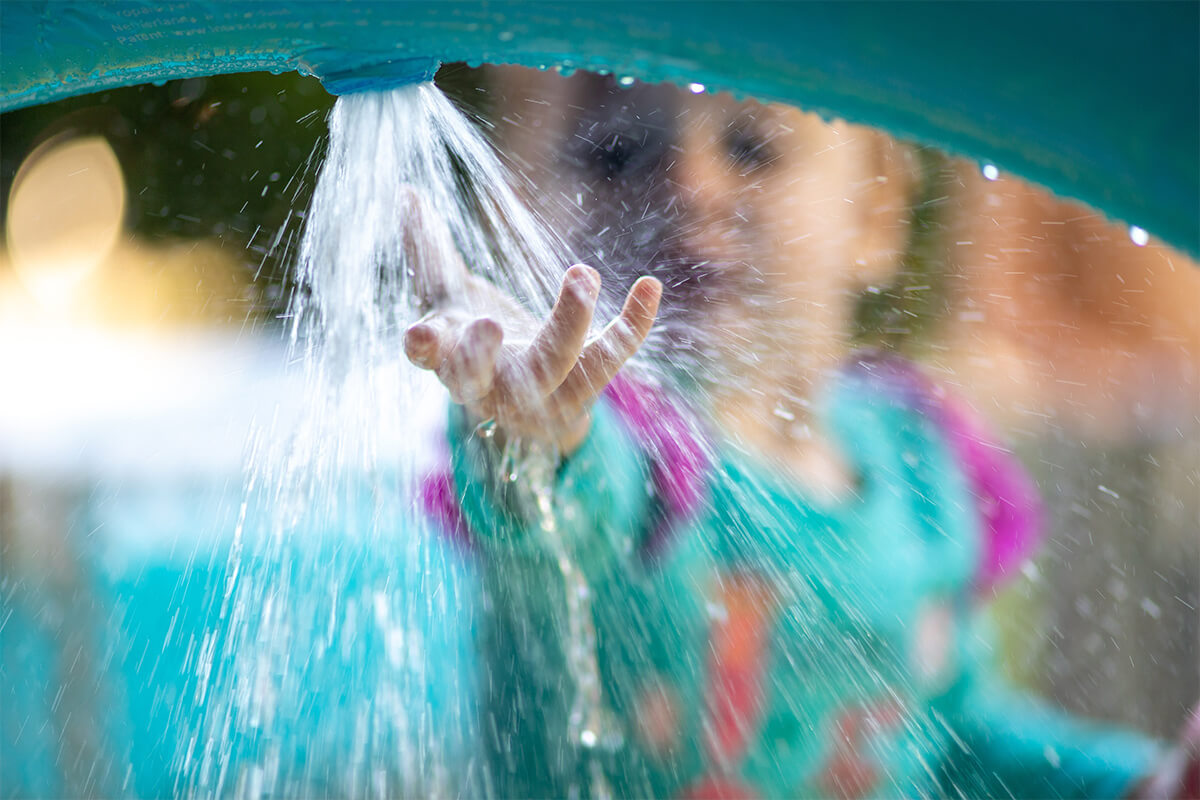Design can achieve a flexible, imaginative and unique playspace so that the play experience does not rely solely on equipment for play value.
Play equipment should support everyone in a playspace to experience a variety of challenging and engaging play opportunities in ways that suit them. The majority of equipment should be designed to allow adults to fit in, on or under the structure, this may include items such as swings, slides and climbing structures.
A playspace should provide equipment for all abilities and ages, the equipment must be integrated into the playspace and be reachable by everyone. Typical pieces of equipment may include a flush carousel, hammock or basket swing, in-ground trampolines, ramp access to a feature structure. The majority of equipment in a playspace should be inclusive and provide engaging play experiences for all people.
Importantly, Everyone Can Play is about doing the best you can with the resources you have, it is not a new standard and is not intended to be prescriptive. Not every recommendation and consideration within this guideline will be relevant for all playspaces.
If equipment is elevated, it must have a ramped access point to allow people of various ages with limited mobility to use the equipment. Placement of dynamic play pieces should be arranged in a sequence to promote skill development. Equipment in a playspace should include theming and colour palettes that respond to the local context. The surface treatments for accessible equipment also need to be accessible to ensure ease of use.
Playspaces can be designed and built in different sizes, each with unique requirements. Whether regional or metropolitan, with a small or large budget, playspace designers should consider the site’s characteristics, community considerations and design aspirations. Our communities are diverse and our playspaces should be too.
Design steps
- Understand where the playspace sits within the local playspace network.
- When designing a new playspace, determine a suitable location within the park using the design principles as a guide.
- Consider the site’s context and plan to celebrate the space’s unique qualities.
- Understand who you are designing for by consulting with the local community to recognise their priorities and expectations.
- Use Everyone Can Play to inform your design brief.
- Use the six design principles when shaping your concept and detailed design phases (or renewal works) to ensure you are enhancing inclusive play opportunities.
- Critically review your playspace design against Everyone Can Play.
